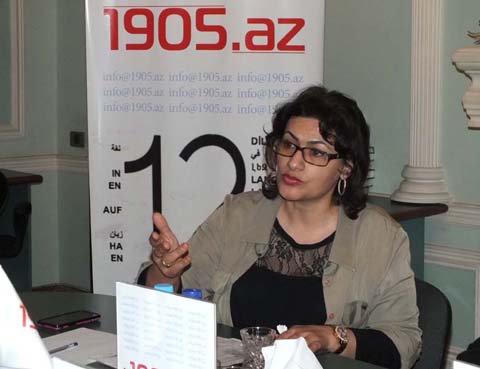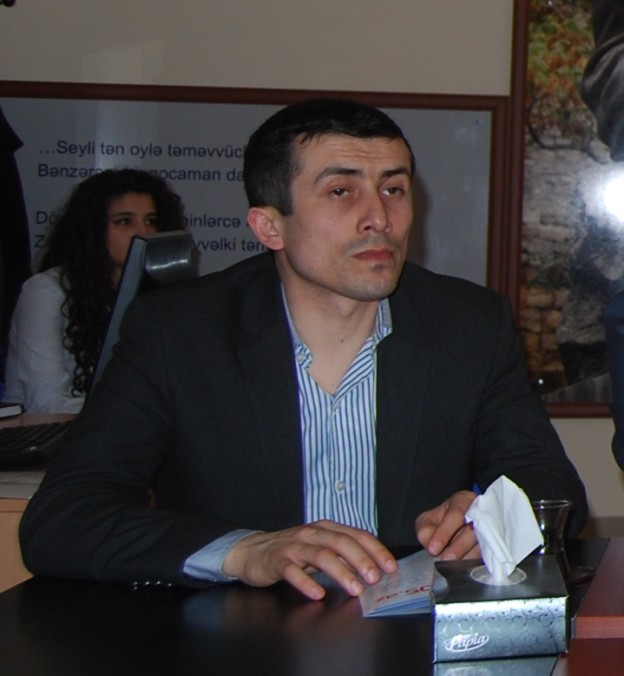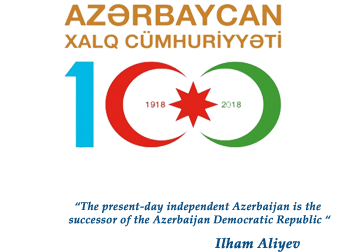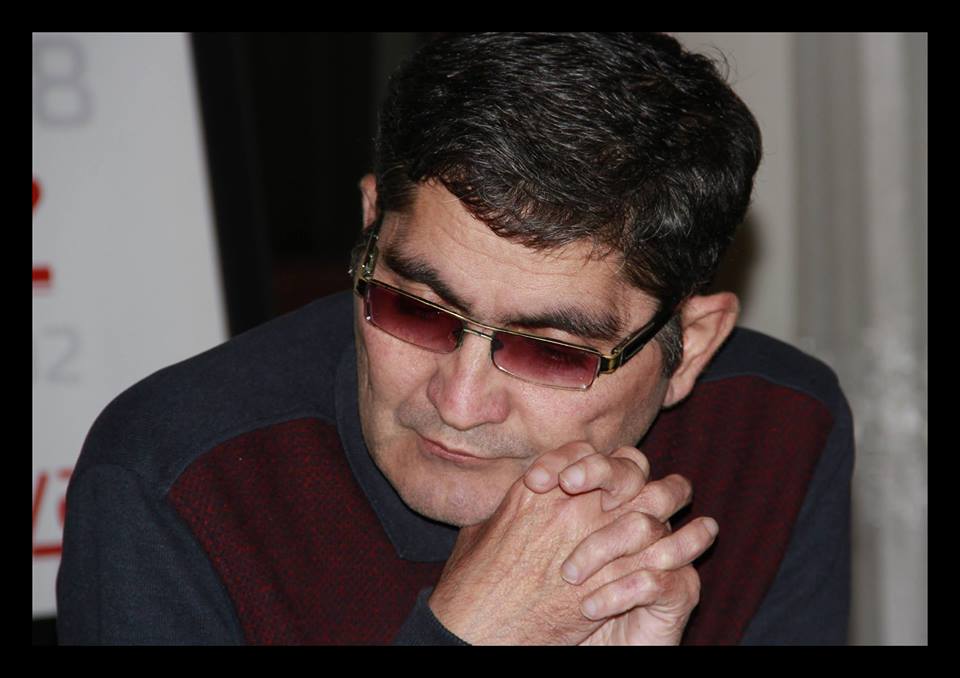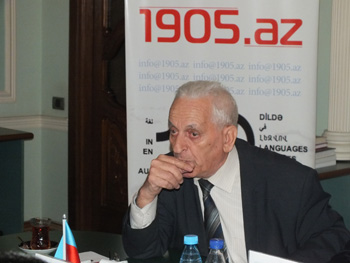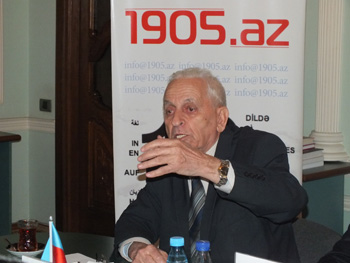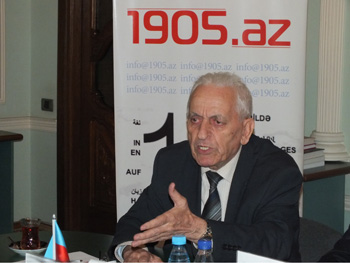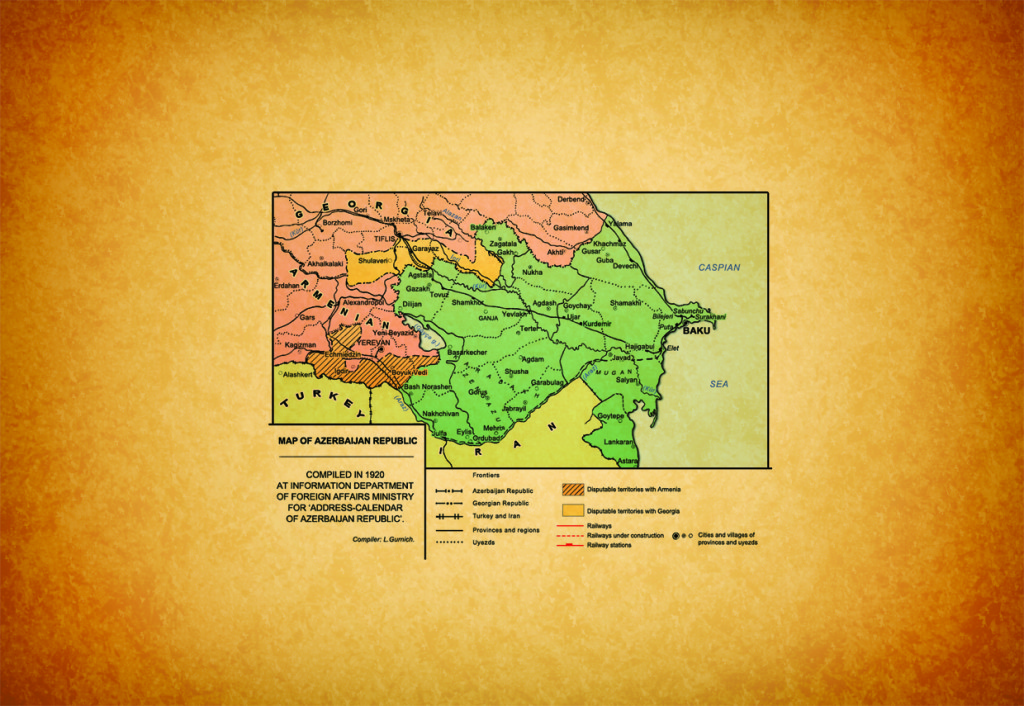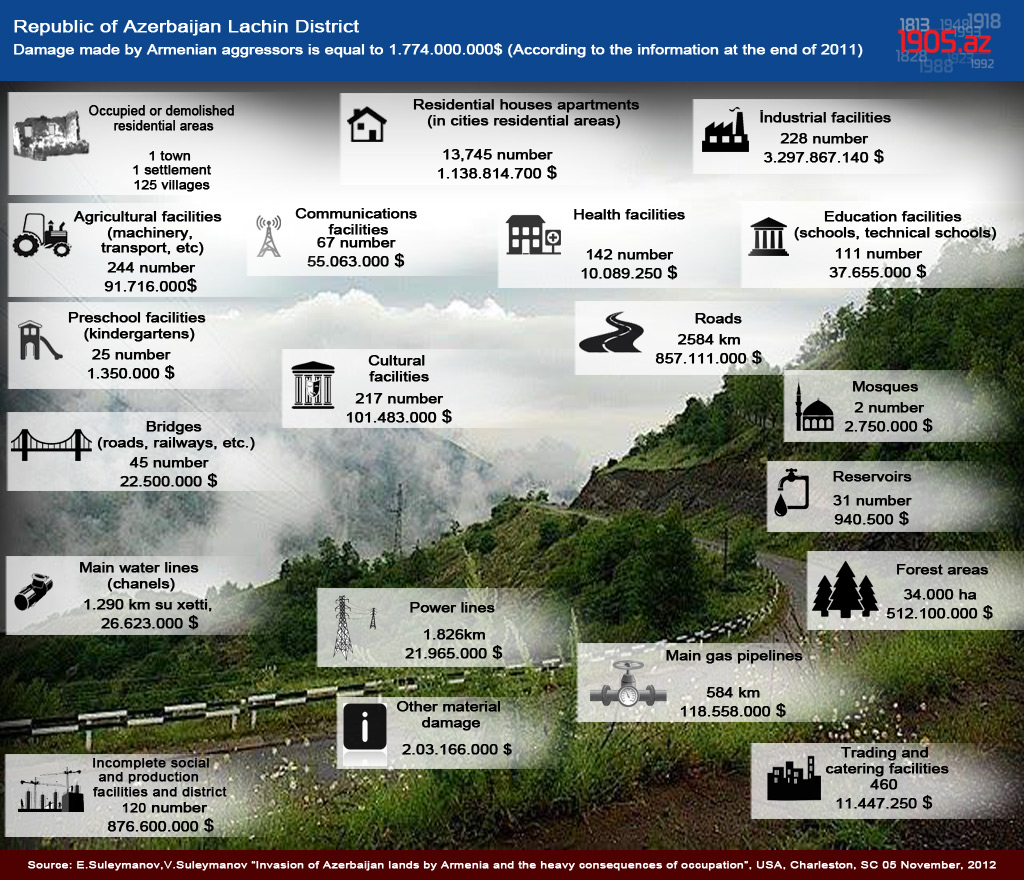In 1944 when the units of the Red Army liberated Bulgaria, Ter-Arutunian Garegin (Nzhde) was arrested and taken to Moscow on October 12 by SMERSH (a special military unit fighting against the spies in the rear, it literally means “death to spies” in Russian). First he was kept in the prison of Lubyanka, which belonged to the Ministry of National Security. In 1946 he was transferred to the prison of Yerevan. He was accused in anti-revolutionary activity, in anti-Soviet mutiny in Zangazur, in the mass slaughter of communists. The special court trial of the Ministry of National Security held on April 24, 1948, sentenced him to imprisonment for 25 years. He died in the prison of Vladimir on the 21st of December in 1955.
Nzhde had shed the blood of thousands of Azerbaijanis and Turkish, who was he in reality? The question was answered to the interrogator of the Ministry of National Security by Ovanes Devechian, Nzhde’s close comrade-in-arms, who was in the same prison with him, like this:
“Ter-Arutunian Garegin Nzhde is over sixty. He was born in one of the villages of the Autonomous Republic of Nakhchivan of Azerbaijan. He is the son of a clergyman and a member of the Dashnak Party for many years. He was drawn to anti-Turkish, anti-Azerbaijani activities as a member of the Dashnak Party in 1903-1909 by the tsarist government. He got military training for being sent to Turkey. Later he became a warrant officer in the Bulgarian army. In 1912-1913 together with Andronik he headed the detachment of volunteers to fight against the Turks. In the years of the World War I he came to Russia and took an active part in the creation of volunteer-detachments for fighting against the Turks in the Caucasus. During the rule of Dashnaks in Armenia he was used in military issues. He took part in the cleansing of Azerbaijanis in Zangazur, and then headed the struggle against the Red Army. When the Red Army drove out the Dashnak adventurists from Yerevan, Nzhde was still leading the fight against the Red Army. He declared himself Supreme Commander-in-Chief. He occupied the post of the prime minister, war minister and minister of foreign affairs in the government organized in Zangazur.
Nzhde brutally slaughtered the communists in Zangazur and made them be thrown down into the abyss from the top of the cliff called Tatev. These facts were known to the limited circle of persons who headed the Dashnak Party. In the court of the Dashnak Party in Tabriz his identical actions were discussed, He was expelled from the party for beating Ter-Akopian, minister of food products, for murdering the officer of the Dashnak army Aslanian because of a quarrel in the family. It found its reflection in the official information, but its reason was not disclosed. Nzhde lived a semi-legal life in Tabriz fearing the revenge of the persons whom he had deceived, and of the masses angry with him. In 1925 he again joined the Dashnak Party. In 1932 he left for the United States of America and was engaged in the propagation in favor of Dashnaks in the Armenian colonies. At the same time he founded “Tsegakron” groups which included the young Dashnaks. After returning to Bulgaria, he was engaged in activities for strengthening “Tsegakron” from organizational point of view. When speaking about the meaning of “Tsegakron”, it is necessary to say that it meant the worship of a race, defense of its purity, in one word; it was equal to national-Hitlerism. Nzhde was propagating fascism among the Armenians through “Tsegakron”. In 1936 or 1937 he was expelled for the second time from the Dashnak Party for his separatist activities. In the years of the World War II he began to cooperate closely with the German. He was the member of the Armenian National Council founded by the leading organs of Germany. The goal of the Council was to establish a national-bourgeois government in Armenia in case of the victory of the Armenian fascism and occupation of the Soviet Armenia by the German. Forty Armenian officers and soldiers convinced by Nzhde in Bulgaria were sent to the Crimea to fight against the soviet troops after getting necessary training in Berlin. He made speeches in front of the Armenian captives and calling them to fight against the USSR: “Those, who die for the Germany, they die for Armenia.”
It is also an interesting fact that Nzhde was shot in the soviet prison. As soon as he fell into prison he proposed to make use of him in the struggle against Turkey. In his Letter to I.V. Stalin on January 10, 1948, he wrote: “The last desire, which engages me and makes me live, is to take part in the destruction of the feudal Turkey…I would not like to die in your prison.” For his impudent behavior and services in the prisons of the National Security Service he was treated with a special care. He had special food and civilian suit from Czechoslovakia. He was allowed to maintain correspondence with his family who lived in Bulgaria. In his letter to the Ministry of State Security of the Armenian SSR Nzhde wrote: “You continue treating me as your rival. It is true. When the Soviet Union was in “the brotherhood alliance” with Turkey, I was a rival. Now fortunately this issue has been solved. And In the person of the Soviet Union I see a real power able to merge the two Armenias…” And in his letter to Simon Vrasian Nzhde declared: “Though I am unable to take an arm, fight and die like real soldier for the salvation of the Armenian nation, still in conditions of prison I fight like a real martyr for saving the Armenian nation from the extermination in the future war.”
Moscow was approaching the intelligence and counter-intelligence proposals from the republics from the point of view of its imperial interests. Moscow was thinking much more about the invincibility of the Union than about the merge of Armenia. Therefore the measures connected with Nzhde were undertaken in conditions of severe security, because if the Azerbaijanis living in Armenia, let alone the circles in Azerbaijan, became aware of the use of Nzhde against Turkey, it could evoke great undesirable response. The Ministry of National Security was interested in the creation of contacts with the Dashnaks, as well as in sowing differences among them. Therefore it was trying to benefit from Nzhde as a tool.
The changes in the organs of security after the death of Stalin reduced the interest in “the project of Nzhde”. Nzhde kicked the bucket in the prison of Vladimir in 1955.
From V. Ovsepian’s book “Garegin Nzhde and KGB” (in Russian) (http://www.bvahan, com), http://vardanak.org, http://genocide.ru,, http://fea.narod.ru



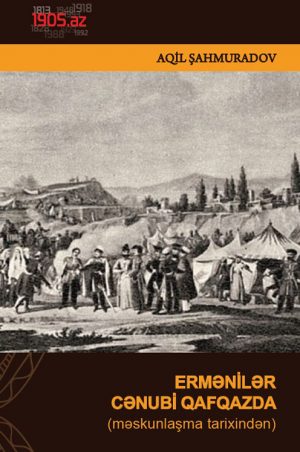





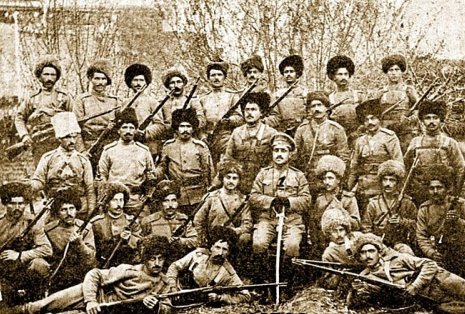

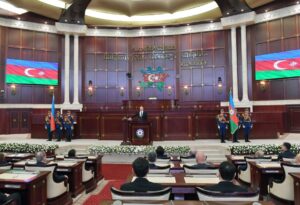 Inauguration ceremony of President of Azerbaijan Ilham Aliyev was held
Inauguration ceremony of President of Azerbaijan Ilham Aliyev was held Ilham Aliyev wins presidential election with 92.05 percent of votes VIDEO
Ilham Aliyev wins presidential election with 92.05 percent of votes VIDEO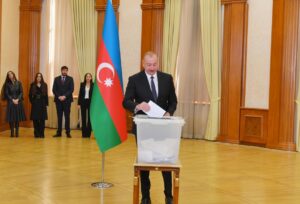 President Ilham Aliyev, First Lady Mehriban Aliyeva and family members voted in Khankendi VIDEO
President Ilham Aliyev, First Lady Mehriban Aliyeva and family members voted in Khankendi VIDEO Plenary session of 6th Summit of Conference on Interaction and Confidence Building Measures in Asia gets underway in Astana. President Ilham Aliyev attends the plenary session VIDEO
Plenary session of 6th Summit of Conference on Interaction and Confidence Building Measures in Asia gets underway in Astana. President Ilham Aliyev attends the plenary session VIDEO President Ilham Aliyev was interviewed by Azerbaijani TV channels in Prague VIDEO
President Ilham Aliyev was interviewed by Azerbaijani TV channels in Prague VIDEO



